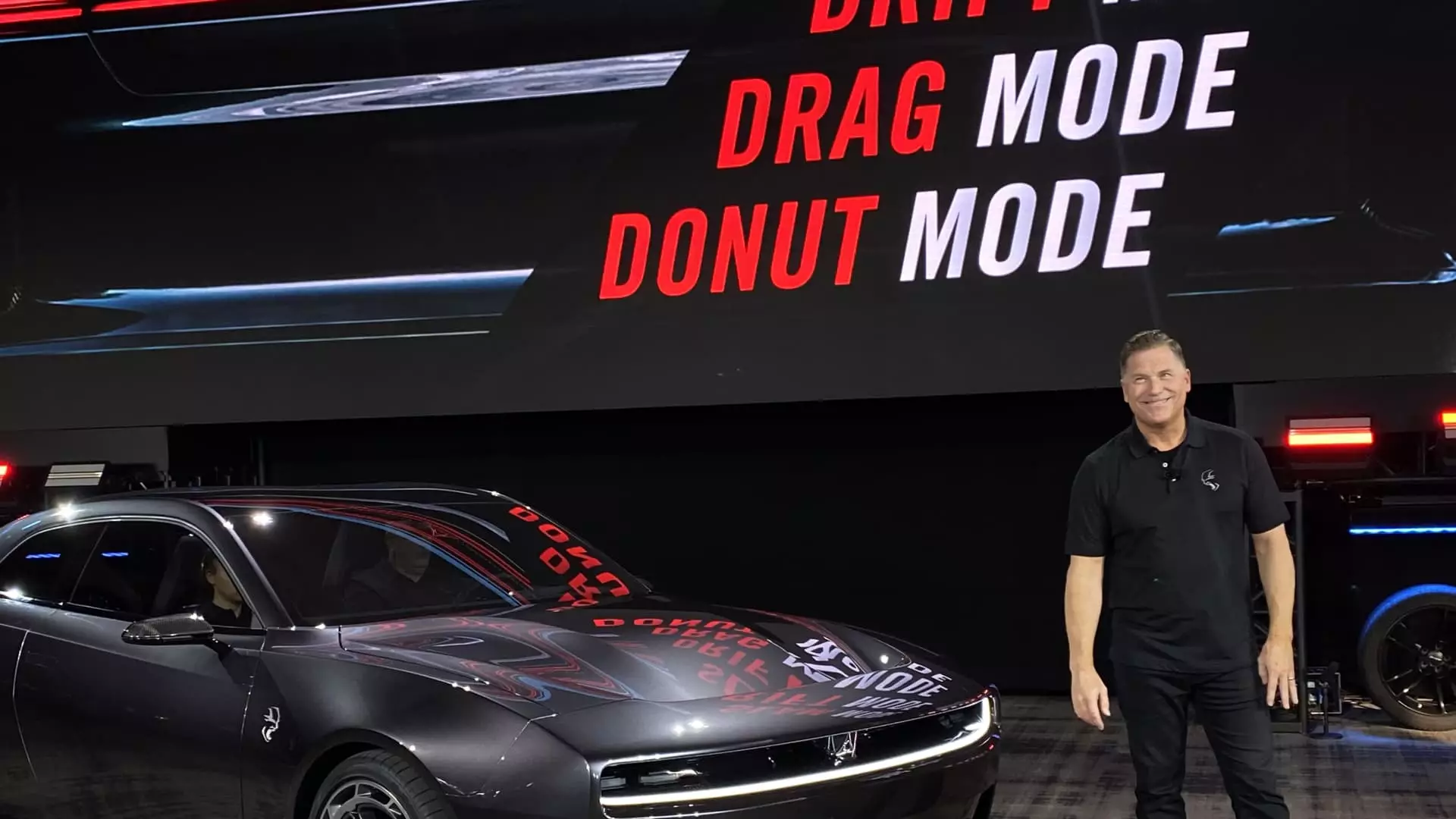In a surprising turn of events, Tim Kuniskis is rejoining Stellantis to take the reins of the Ram Trucks brand, effective immediately. This move comes on the heels of significant upheaval within the company, particularly following the unexpected resignation of CEO Carlos Tavares, which shook the automaker’s North American operations. Kuniskis’ return signals Stellantis’ intent to revamp its strategic approach in a market where competition is fierce and demands constant innovation.
The Impact of Kuniskis’ Leadership
Kuniskis is no stranger to Stellantis or the automotive landscape, having previously served in pivotal roles including the leadership of both the Ram and Dodge brands. During his tenure, he became synonymous with high-performance vehicles, championing models that have redefined American muscle cars. The introduction of the Hellcat series—the Challenger, Charger, and the notorious Challenger Demon—marked a significant evolution in Dodge’s identity, steering the brand back to the forefront of performance vehicles.
Known as the “father” of the Hellcat models, Kuniskis is celebrated for his ability to blend tradition with innovation, capturing a niche market passionate about power and performance. His unique understanding of the automotive realm equips him to steer Ram into its next chapter, particularly crucial considering the Ram brand’s 24% sales decline reported recently. The company’s leadership hopes that Kuniskis’ unwavering focus on the Ram brand will ignite its potential in a market that has shown waning interest.
Strategic Changes and New Directions
The decision to reinstate Kuniskis coincides with a broader restructuring within Stellantis’ North American divisions. Alongside Kuniskis, Chris Feuell will shift from overseeing Ram to managing Chrysler and Alfa Romeo, while Jeff Kommor will focus solely on North American sales. This realignment suggests a critical response to the company’s underwhelming performance; Stellantis reported a staggering 17% decrease in U.S. sales year-over-year, indicating that fresh perspectives and dedicated leadership are vital for recovery.
Stellantis’ recent struggles serve as a reminder of the challenges facing legacy automakers amid evolving consumer preferences and stricter regulations. While Kuniskis’ return offers a sense of stability, it also signals the leadership’s recognition of the urgent need to adapt and innovate. The focus on enhancing brand identity and performance is paramount, particularly as rivals continue to capture market share with electric and hybrid models, areas where Stellantis has yet to make significant contributions.
As Kuniskis steps back into a leadership role, both enthusiasts and industry experts will closely observe how his vision and expertise will reshape the Ram brand amidst Stellantis’ fundamental changes. His prior successes suggest a promising potential for revitalization, but the challenges ahead cannot be understated. With the automotive landscape evolving rapidly, the question remains whether Kuniskis can navigate the complexities of today’s market and rally an iconic American brand back to its competitive best.

